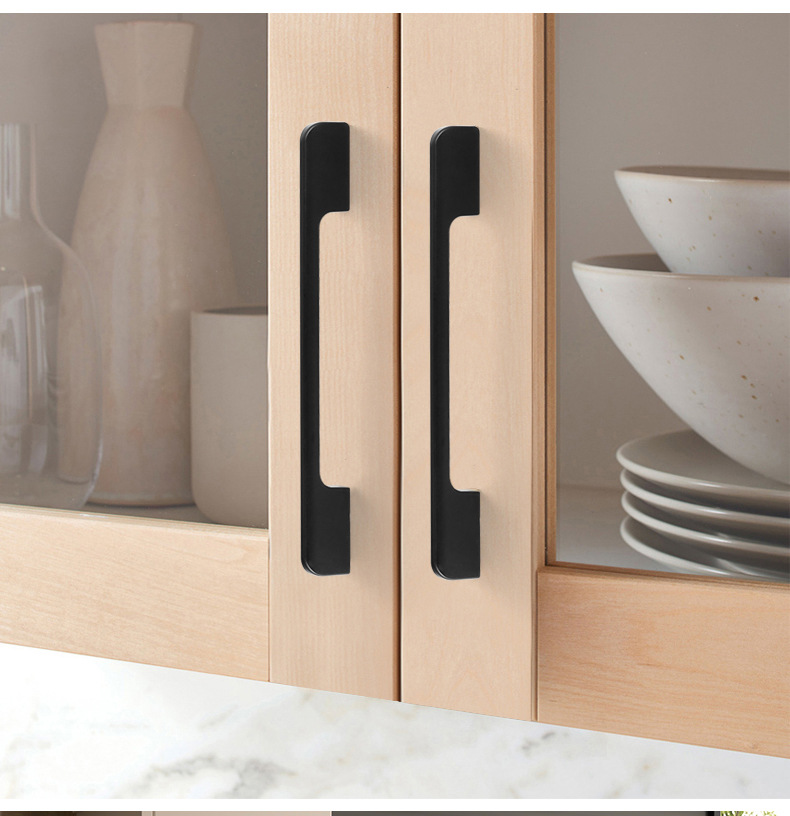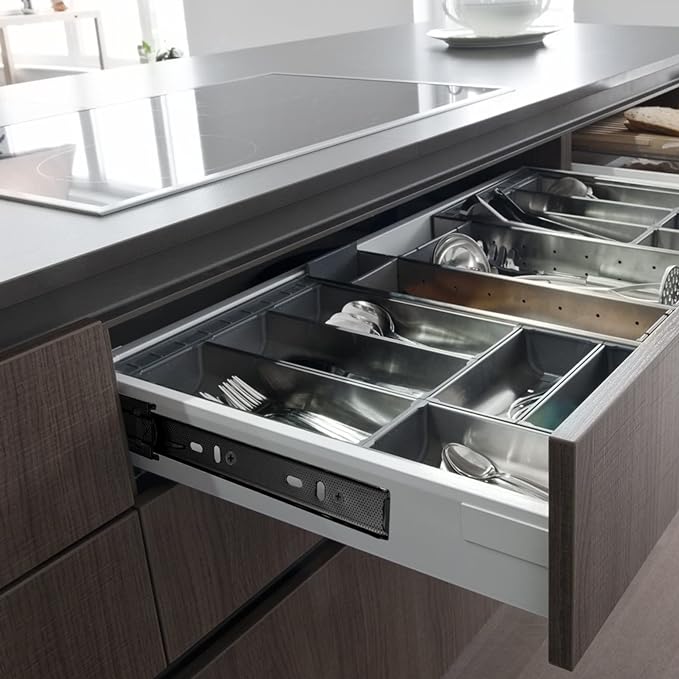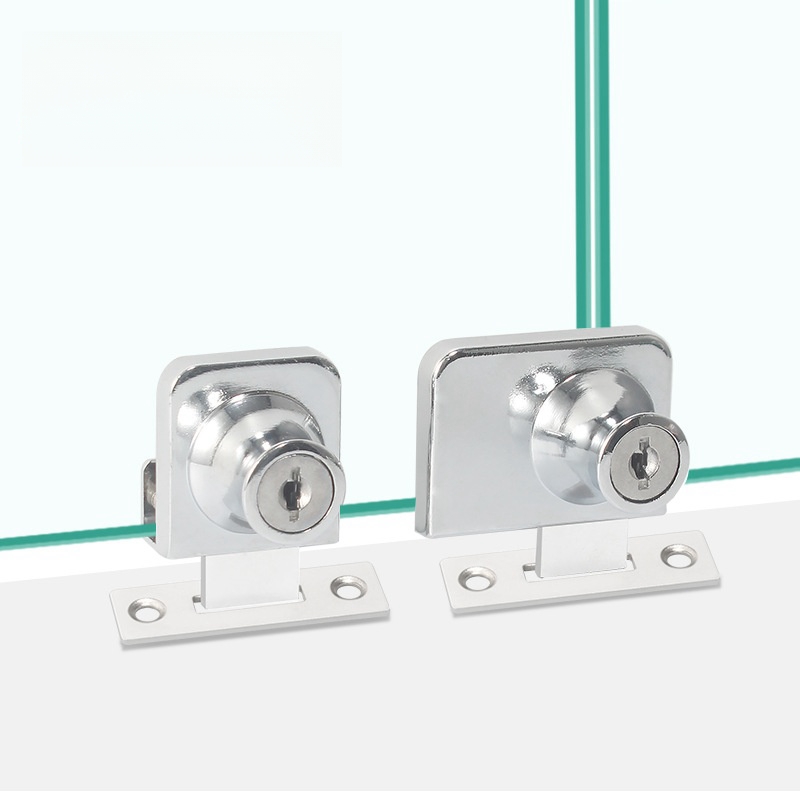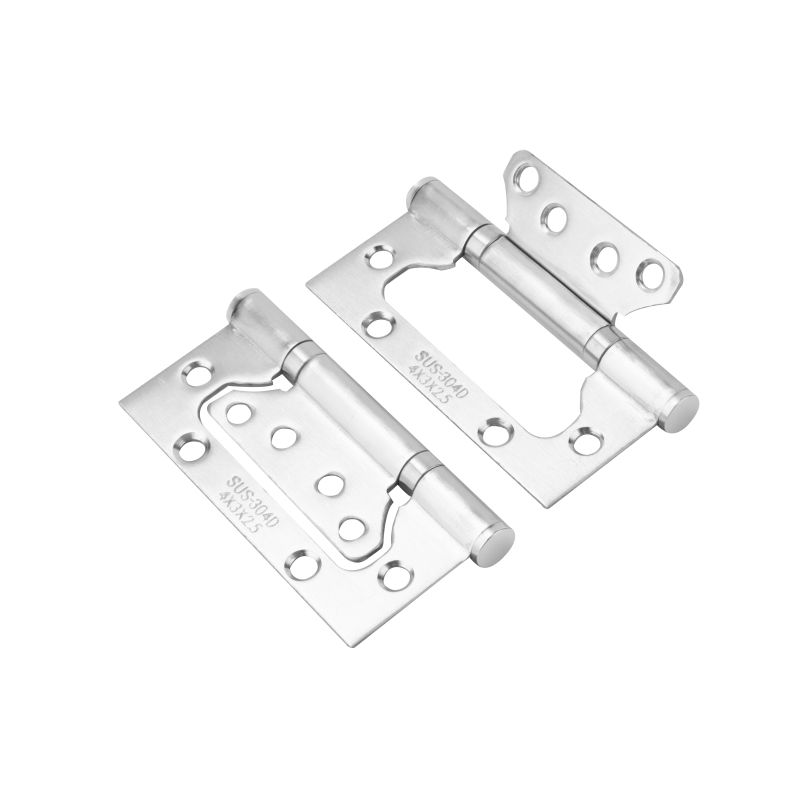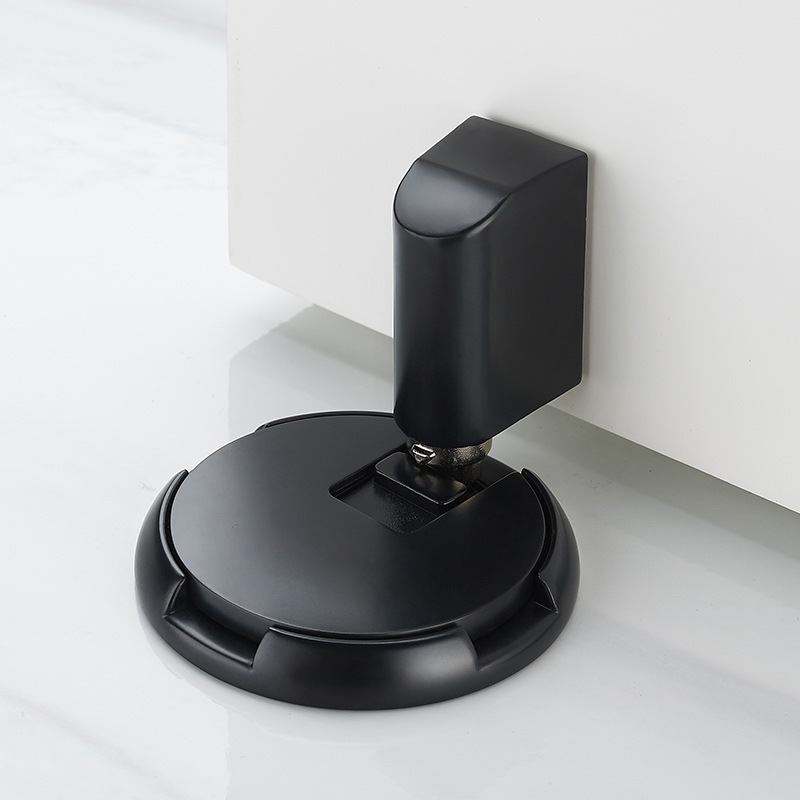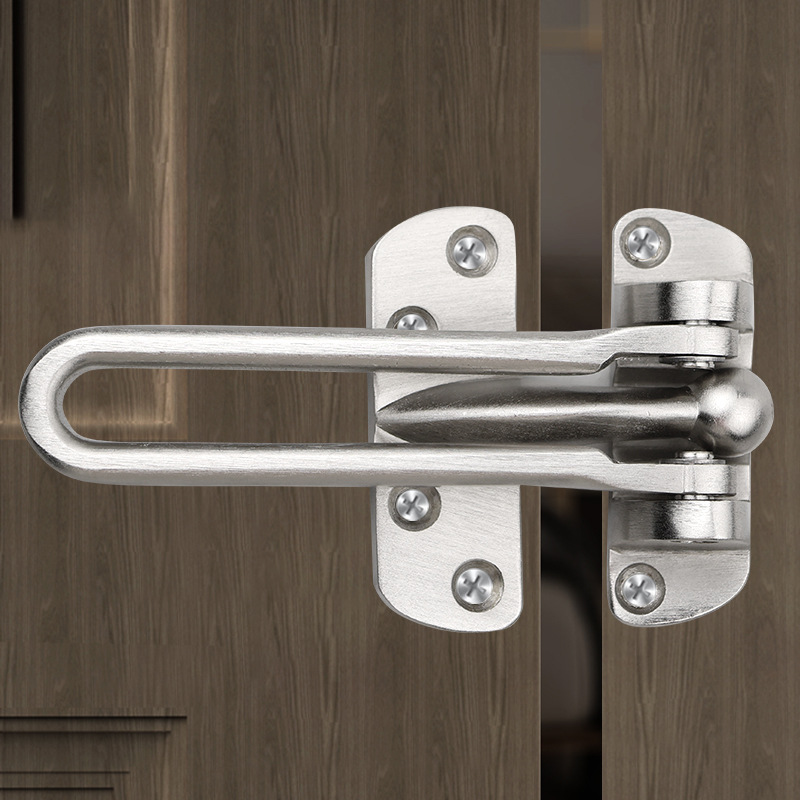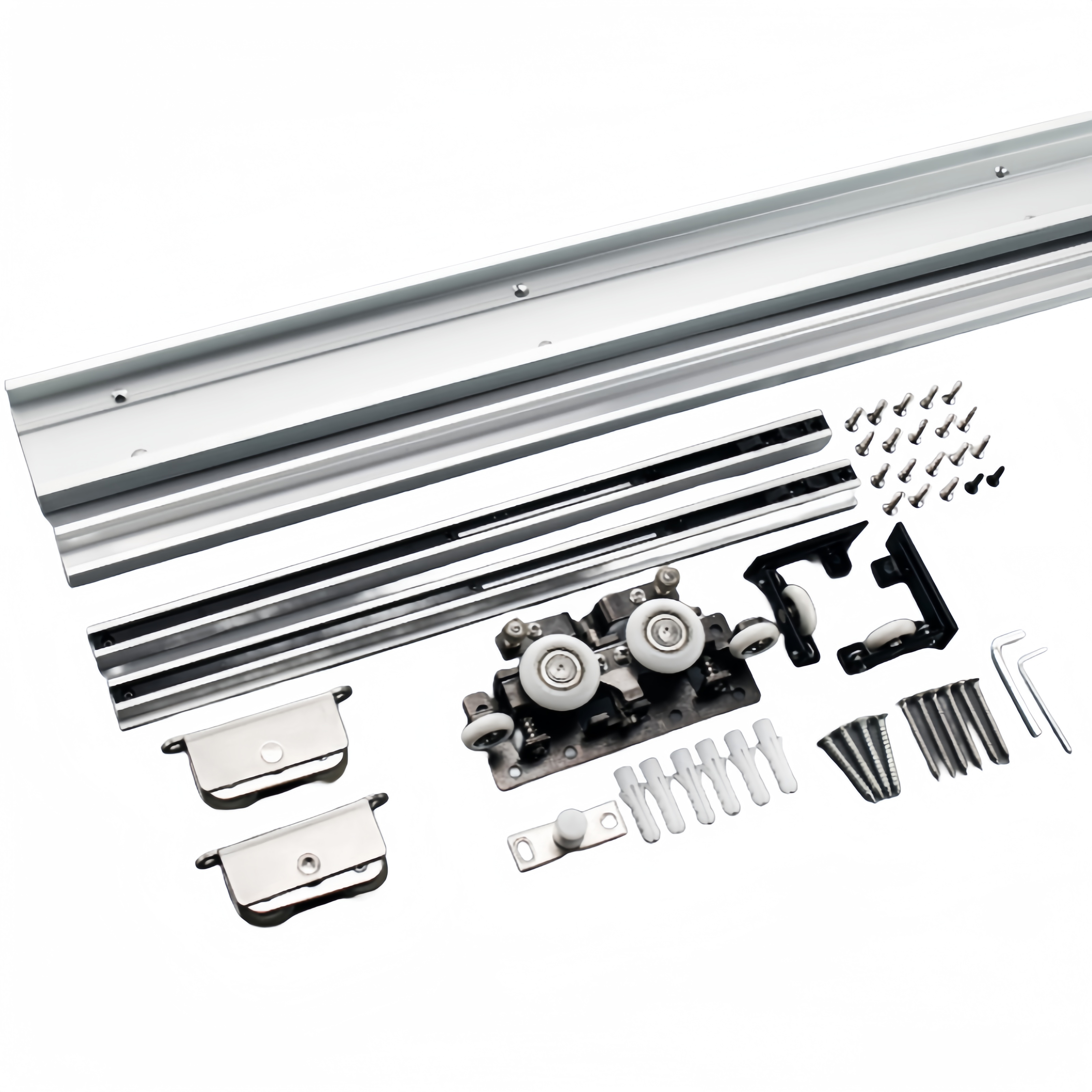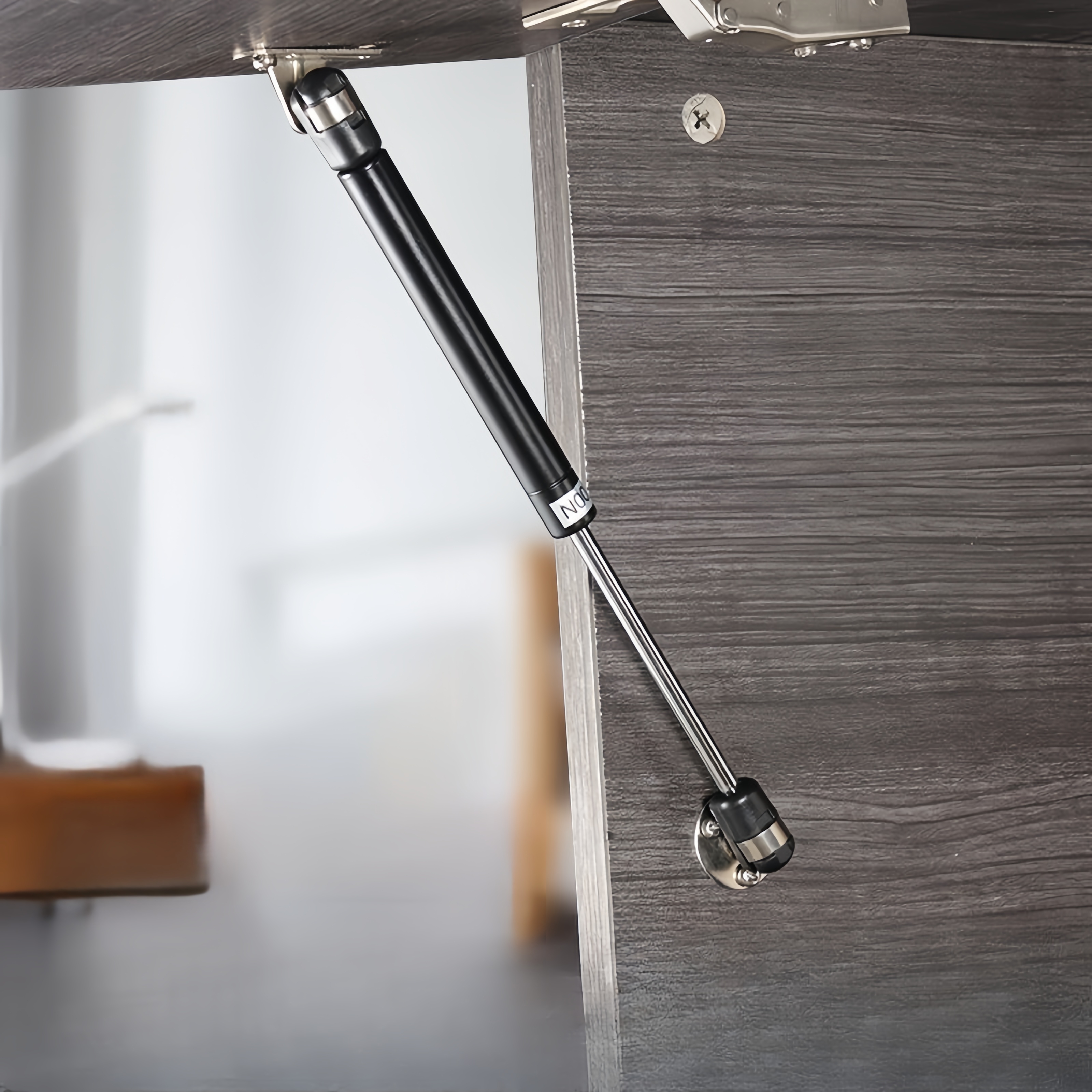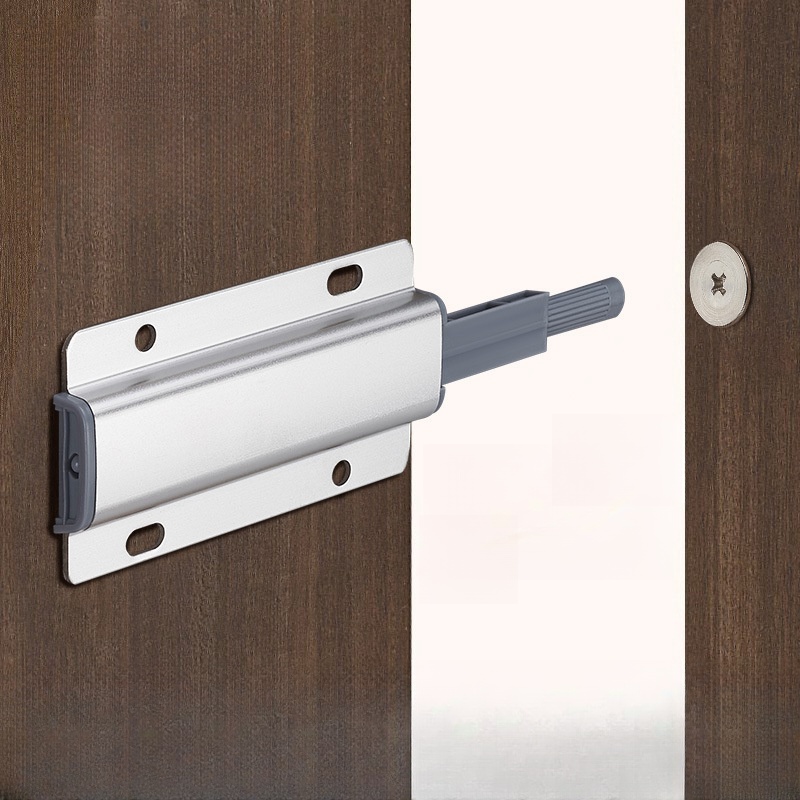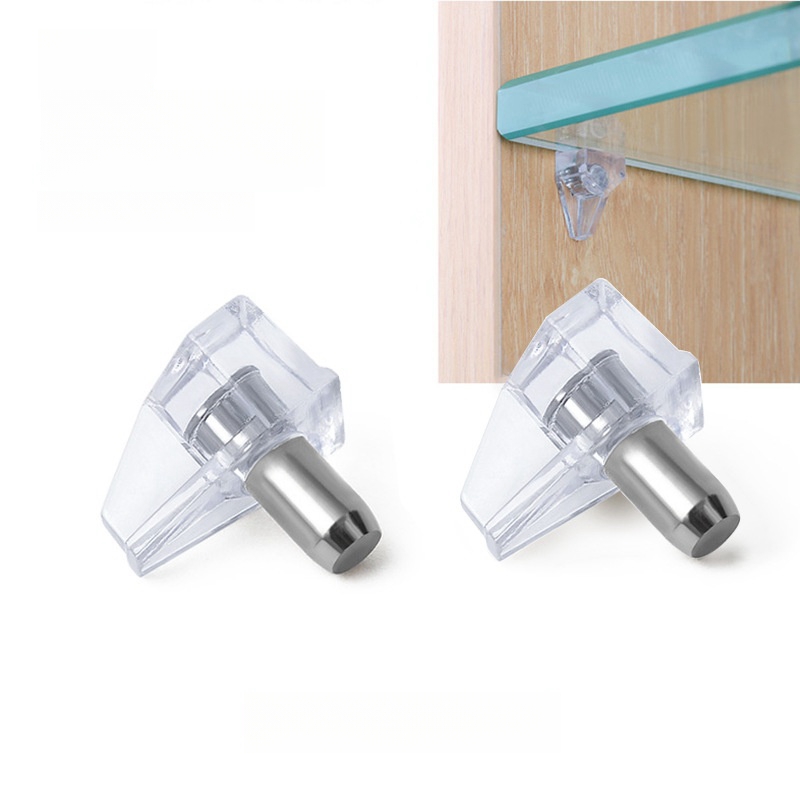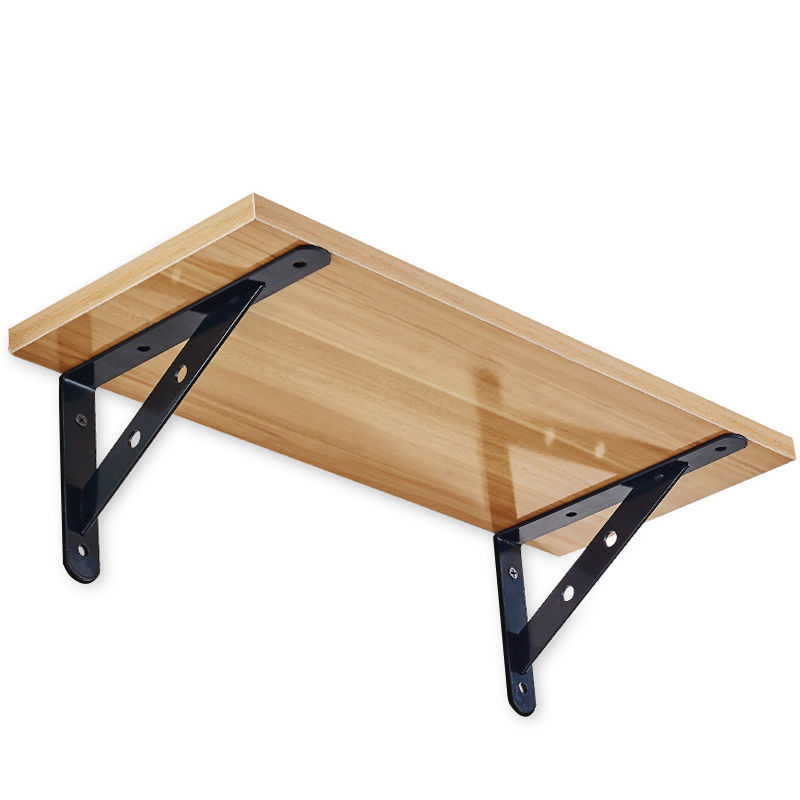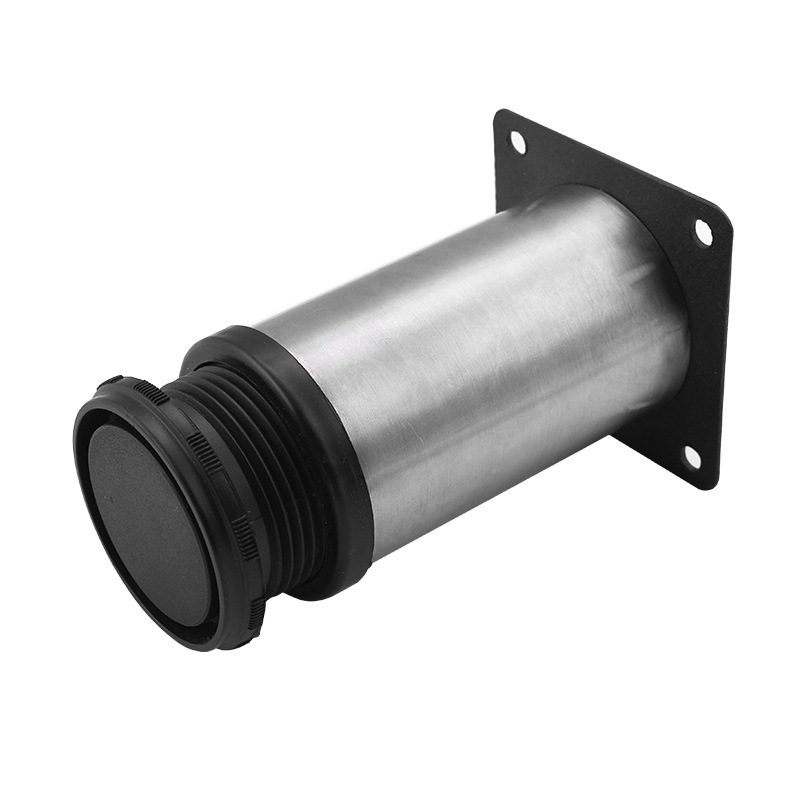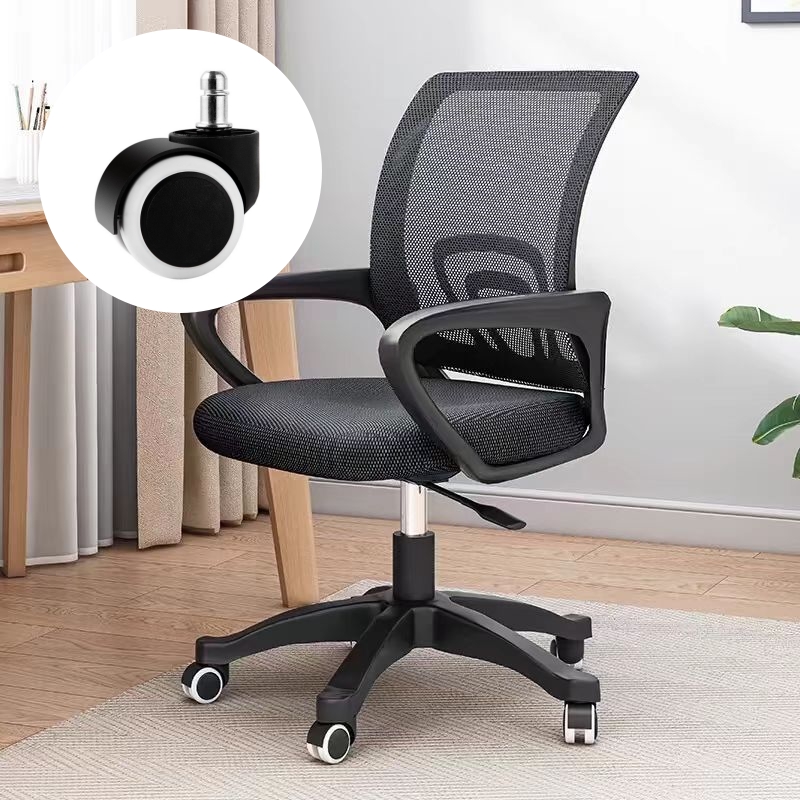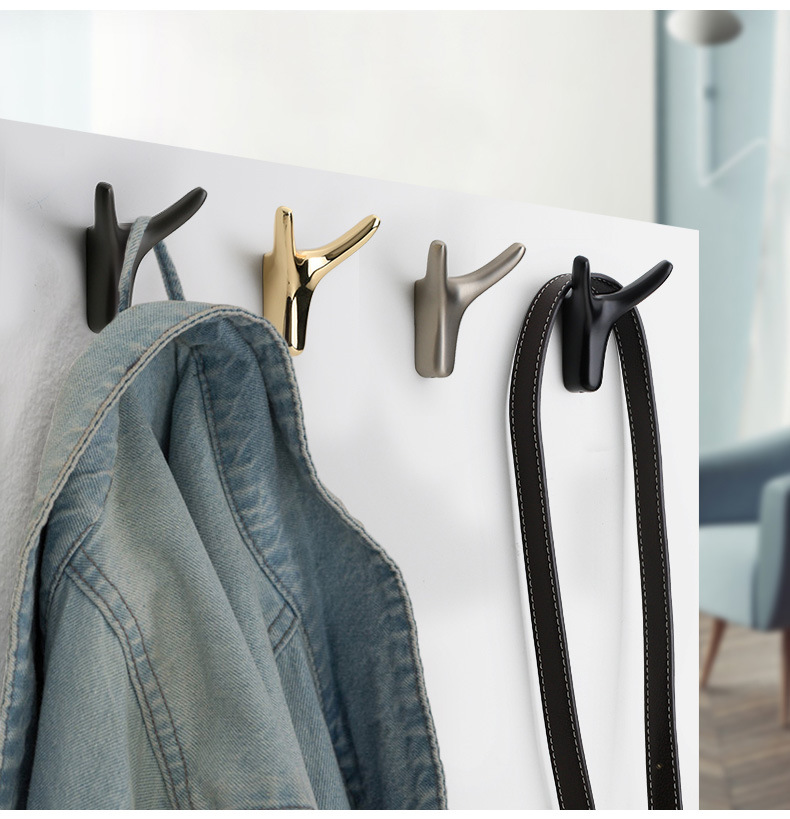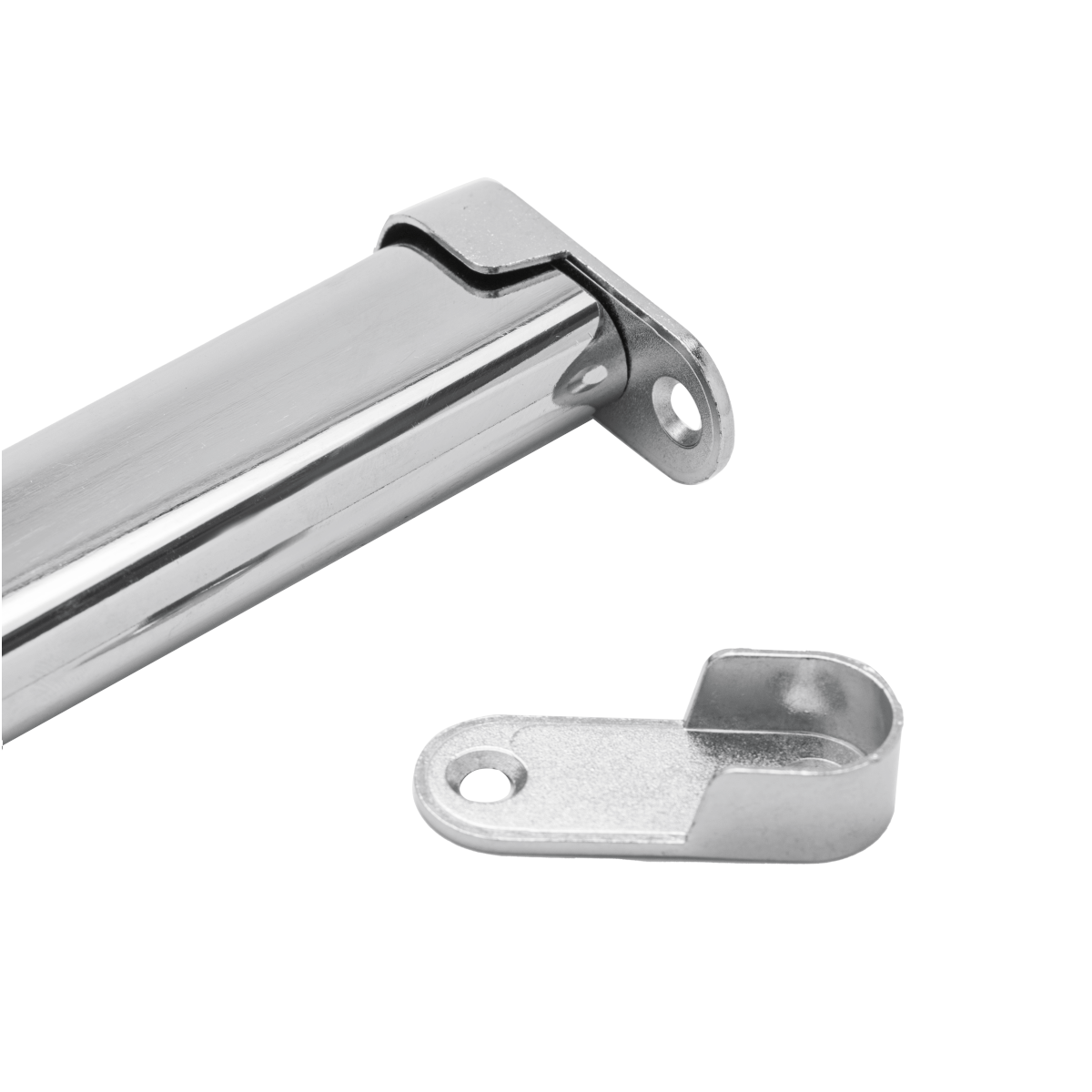
ABOUT
Guangzhou Toplink hardware Co., Ltd specialized in the production and export of furniture hardware fittings, with an experience of more than 14 years.
Our main products are drawer locks, cabinet hinges, sliding rails, cabinet handles, casters, cabinet legs and connecting fittings etc..
With a complete range of products, excellent performance and reasonable prices we have built up business with many customers all over the world.
We are committed to strict quality control and considerate customer service. We sincerely looking forward to becoming your best choice and the most reliable partner!
PRODUCTS
door latch stuck in open position
Common Causes of a Stuck Door Latch
Several factors can contribute to a door latch remaining stubbornly open. One of the most frequent culprits is simple wear and tear. Over time, constant use and exposure to the elements can cause the latch mechanism to become loose, misaligned, or even damaged. The internal components, like springs and pins, may weaken, hindering their ability to function correctly. This is particularly true for older doors and latches that haven't received regular maintenance.
Another common cause is debris buildup. Dust, dirt, and even small pieces of wood or paint can accumulate within the latch mechanism, obstructing its smooth operation. This debris can jam the moving parts, preventing the latch from engaging properly and holding the door closed. Exterior doors are especially susceptible to this problem, as they are more exposed to the environment.
Incorrect installation is also a possibility, especially if the door or latch was recently replaced or installed. Improper alignment of the latch bolt with the strike plate can result in the latch failing to engage fully. Even slight misalignments can prevent the latch from catching properly, leading to the open-position issue. This often requires readjustment or, in some cases, professional intervention.
Finally, damage to the door frame or the latch itself can be to blame. A forceful impact, such as a strong gust of wind or an accidental collision, can bend or break components within the latch or damage the surrounding wood. Cracks or warping in the door frame can also interfere with the latch's ability to engage correctly. Inspecting the door frame and latch mechanism closely for any signs of damage is important in these cases.
Troubleshooting and Solutions
Before calling a locksmith or handyman, try some basic troubleshooting steps. First, carefully inspect the latch mechanism for any visible obstructions or damage. Use a small brush or compressed air to clear out any dust, dirt, or debris that might be interfering with the latch's operation. A light lubricant, such as WD-40 or silicone spray, applied sparingly to the moving parts can help free up any sticky or jammed components. Remember to wipe away any excess lubricant to prevent further buildup.
If debris removal and lubrication don't resolve the issue, check the alignment of the latch bolt with the strike plate. A slight adjustment of the strike plate using a screwdriver might be all that's needed to restore proper functionality. However, exercise caution when adjusting the strike plate, as over-tightening can cause further damage. If the strike plate seems significantly misaligned or damaged, it may need replacement.
If the problem persists after these attempts, carefully examine the door and frame for any signs of warping, damage, or misalignment. Significant damage to the door frame may require professional repair or replacement. Similarly, a severely damaged latch mechanism will likely necessitate replacement rather than repair.
In cases where the problem seems more complex than simple cleaning or adjustment, consulting a professional locksmith or handyman is advisable. They possess the expertise and tools to diagnose the exact cause and perform necessary repairs or replacements effectively and safely. Attempting complex repairs without proper knowledge or tools can cause further damage and increase repair costs.
Preventing Future Problems
Regular maintenance is key to preventing a door latch from getting stuck in the open position. Periodically inspect your door latches for any signs of wear, tear, or damage. Clean the mechanisms regularly to remove dust and debris. Lubricating moving parts with a suitable lubricant can help ensure smooth operation and prevent binding. This preventative maintenance is especially important for exterior doors exposed to the elements.
Avoid using excessive force when opening or closing doors. Forcing a jammed latch can exacerbate the problem and potentially cause damage to the mechanism or the door frame. If you encounter resistance, investigate the cause before applying excessive pressure. Consider addressing any underlying issues, such as warped door frames or misaligned hardware, promptly to prevent further problems.
Choosing high-quality door latches and hardware from reputable manufacturers can contribute significantly to longevity and reliability. These products are typically constructed from durable materials and designed for robust performance, reducing the likelihood of malfunctions. Investing in quality hardware may seem more expensive upfront, but it can pay off in the long run by reducing the frequency of repairs and replacements.
Ultimately, a door latch stuck in the open position is a security concern that shouldn't be ignored. By understanding the potential causes and employing the appropriate troubleshooting steps and preventative measures, you can significantly reduce the risk of encountering this frustrating and potentially unsafe situation. Regular maintenance and prompt attention to any signs of trouble are crucial for maintaining the security and integrity of your home.
SUBSCRIBE
INQUIRY
